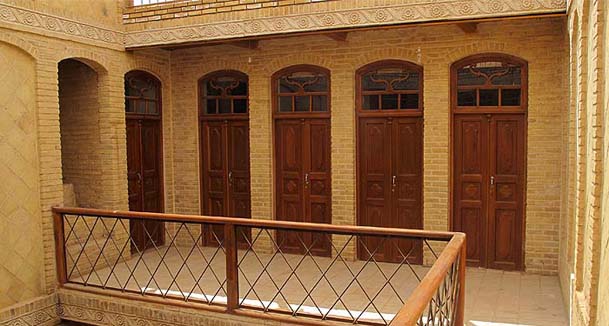Imam at his residence in Najaf
Najaf [1] is a holy city in Iraq and the burial place of Imam Ali (as), the first Imam of Shi'a Muslims. Geographically, Najaf is located 160 kilometers south of Baghdad, which is the capital city of Iraq. It is the holiest site for Shia people around the world. Najaf is also very close to the city of Kufa and it is not possible to separate these cities from each other.
One must note that prior to the establishment of schools in Qom, founded by Ayatollah Abdul Karim Ha'eri, students used to travel to Najaf to study Islamic studies. Religious scholars such as Sayyid Abul Qasim Al-Kho'ei, Ayatollah Hakim, Muhammad Baqir Sadr (senior) and Sadr (junior) were educated and taught there. At present, Ayatollah Sistani, who is a great religious authority, lives there.
What Significance does Najaf have in Imam Khomeini's life?

Imam Khomeini and his son, Mustafa Khomeini, were forced to leave Bursa on the 4th of October 1965. From there, they migrated to Iraq. They visited the holy cities of Kadhimain, Samara, and Karbala. However, they decided to stay in the sacred city of Najaf, where they stayed for a further thirteen years.